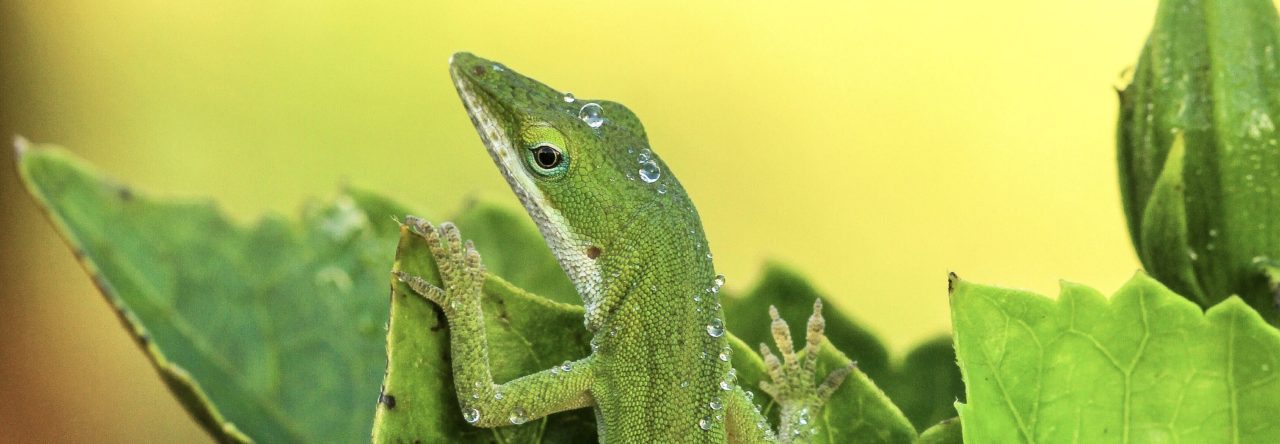The SICB (Society for Integrative and Comparative Biology) meeting is right around the corner! Right after the New Year, many anolologists (including me!) will be heading out to San Francisco to learn what’s new and exciting in Anolis research. In addition to blogging about all the anole posters and presentations I attend, I will be giving a talk about some research I conducted on the evolution of thermal tolerances in anoles. I’ve been working hard to get this talk into shape, but I’m woefully lacking a nice photograph of the Central American semi-aquatic anole, A. lionotus. Would anyone out there be willing to share a nice, clear photo of this lizard with me? I would give you credit for it, of course, and it would greatly help me out.
You can contact me at mmunoz@oeb.harvard.edu or through the comments section of this post. Thanks so much and happy holidays!


 The 2013 Anole Annals Anole Calendar has been flying off the shelves, but a few remain, and for those of you savvy shoppers who’ve waited until after Christmas, now’s the time: Zazzle is offering 65% off through Friday. Never too late for a late holiday present! The order page is
The 2013 Anole Annals Anole Calendar has been flying off the shelves, but a few remain, and for those of you savvy shoppers who’ve waited until after Christmas, now’s the time: Zazzle is offering 65% off through Friday. Never too late for a late holiday present! The order page is 






